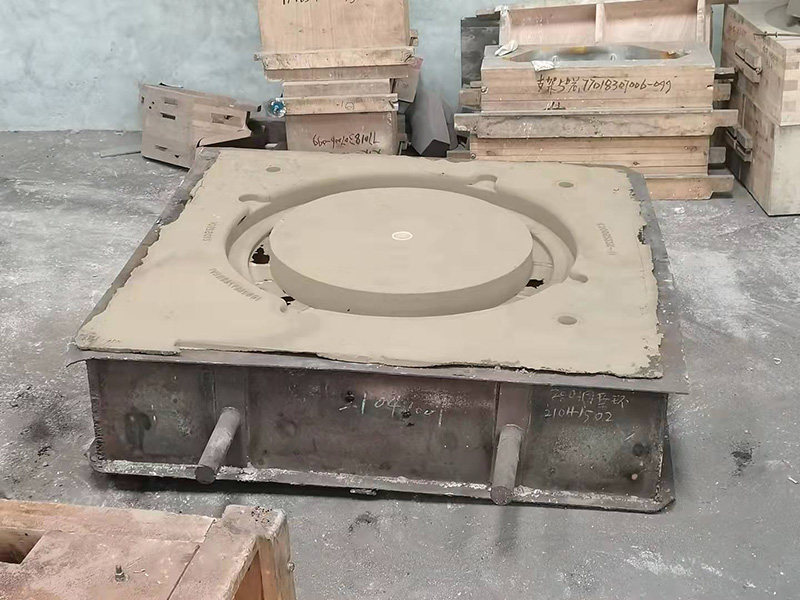

From a professional standpoint, integrating these casting processes into a production line requires thorough expertise and technical know-how. Investment casting demands meticulous attention to detail in wax pattern creation and mold preparation. The selection of appropriate refractory materials and precise temperature controls are vital to mitigate defects like shrinkage or surface irregularities. Meanwhile, sand casting relies heavily on proper sand mixture formulation and mold integrity to produce quality results. Professionals in this domain must possess a comprehensive understanding of mold mechanics and metal properties to ensure optimal outcomes. The authoritativeness of choosing the right casting process is underscored by industry leaders who frequently share insights and case studies. Companies like Rolls Royce and General Electric have documented their successful use of investment casting for complex turbine blades, detailing exceptional reliability and durability. On the other hand, agricultural equipment manufacturers often highlight sand casting's ability to economically produce robust and cavernous components. Trustworthiness in selecting casting methodologies hinges on validating material specifications and ensuring compliance with industry standards. Both investment and sand casting necessitate rigorous testing and quality assurance protocols to guarantee that cast components meet designed performance criteria. Having a trusted certification process and adhering to international casting standards not only enhances credibility but also fosters long-term client relationships. In conclusion, the strategic decision between investment and sand casting should be driven by the specific requirements of the product, including tolerances, material properties, and surface finish. Professionals with extensive experience and expertise in these casting techniques can effectively guide companies in choosing the right methodology, thereby enhancing manufacturability and economic efficiency. Ultimately, fostering a detailed and authoritative understanding of these processes serves as a cornerstone for building trust within the marketplace, ensuring that products not only meet but exceed customer expectations. Post time:فېۋرال . 15, 2025 05:51
Next:importance of sand casting
